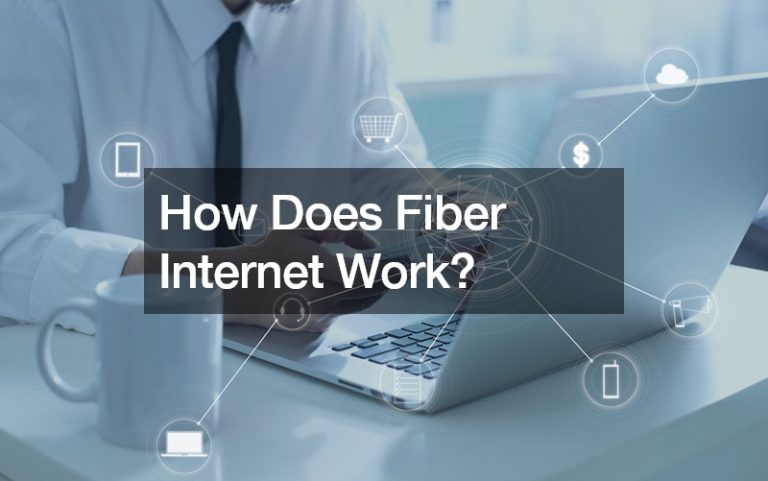In the past decade, technology has drastically changed how we live and work. We now have FAQs and DMs, Slack and Google Chat, Amazon, and Instacart. No industry has been left untouched, including the nonprofit sector.
Nonprofit organizations used to rely heavily on face-to-face interactions, paper records, and snail mail. But now, they’re using the same technologies as for-profit businesses to increase efficiency and reach new audiences. How exactly has technology changed the way nonprofits operate? Let’s take a closer look.
How Tech Has Changed How We Give
The rise of online giving platforms has made it easier for people to donate to their favorite causes. Before, if you wanted to contribute to a nonprofit organization, you had to write a check or donate cash in person. Now, with the click of a button, you can donate money directly to your chosen nonprofit’s website or through a third-party platform like PayPal or GoFundMe. You can set up recurring donations, so you never have to think about it again.
Some people who might have been hesitant to give in the past are now more likely to do so because it’s so easy and convenient. And since donors can track their giving history online, they’re more likely to feel confident that their money is going where they want it to.
Another way that technology has changed how we give is through peer-to-peer fundraising. With platforms like Facebook Fundraisers and GoFundMe Charity, individuals can start their own fundraising campaigns on behalf of a nonprofit organization. All they need is a credit card and an internet connection. This type of giving is especially popular among Millennials and Gen Zers who are used to conducting all their online transactions.
How Tech Has Changed How Charities Manage Finances
Money is the lifeblood of any nonprofit organization. That’s why it’s so essential for them to have a good system in place for managing their finances. Manually tracking donations, expenses, and pledges can be a daunting task, especially for larger organizations. But with the help of expert charity accountants and financial software, nonprofits can streamline their financial management processes and free up more time to focus on their mission.
Some of the most popular accounting software for nonprofits include QuickBooks, FreshBooks, and Xero. These platforms can easily track income and expenses, generate financial reports, and manage donor information. And since they’re all cloud-based, nonprofits can access their financial data from anywhere in the world.

How Tech Has Changed How Nonprofits Collaborate
In the past, if two nonprofits wanted to collaborate on a project, they would have to coordinate meetings, sign contracts, exchange sensitive information (e.g., donor lists), and manage deadlines manually. But thanks to advancements in cloud-based technology, nonprofits can now do all of this and more from the comfort of their own offices—or even from home.
Platforms like SharePoint and Google Drive make it easy for nonprofits to securely store and share files with one another, regardless of location. And video conferencing tools like Zoom and Skype make it possible for employees at different nonprofits to meet “in person” without ever having to leave their desks.
How Tech Has Changed How Nonprofits Communicate with Their Constituents
Finally, technology has also changed how nonprofits communicate with their constituents—for better or for worse. On the plus side, social media platforms like Twitter and Facebook make it easy for nonprofits to reach out to potential donors and raise awareness about their cause. They can also use these platforms to solicit feedback from their constituents and gauge public opinion on important issues.
On the downside, however, social media has made it harder for nonprofits to control their message, especially when dealing with negative press. And because anyone can start a Twitter account or create a Facebook page in minutes, there’s always the risk of imposters posing as representatives of your nonprofit organization in order to scam people out of their hard-earned money. While there’s no surefire way to prevent this, you can minimize the risk by ensuring that your nonprofit’s social media accounts are verified and that only authorized staff members have access to them.
Technology has drastically changed how we live and work—the nonprofit sector is no exception. From online giving platforms to peer-to-peer fundraising campaigns, tech has made it easier for people to support the causes they care about. It’s also made it easier for nonprofit organizations to collaborate and communicate with constituents. However, there are some negatives associated with this increased dependence on technology, namely, imposters posing as representatives of legitimate nonprofits to scam people out of money. But overall, the positives outweigh the negatives when it comes to how tech has changed how nonprofits operate.












